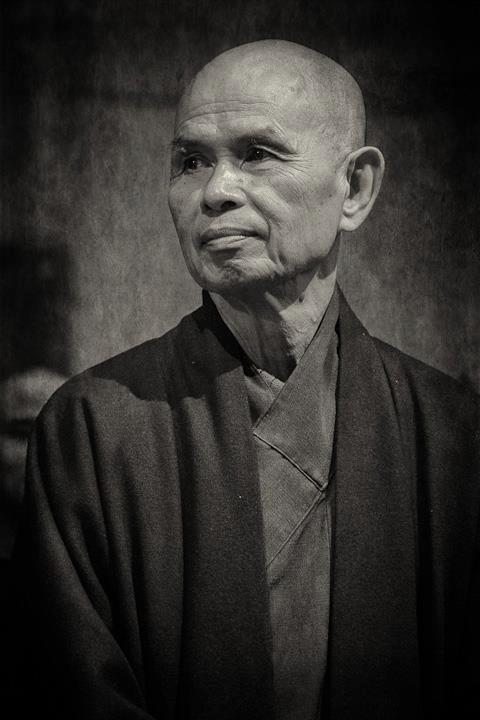
We can’t heal with our minds alone. Thinking can be something productive and creative, but without integrating body and mind, much of our thinking is useless and unproductive. In Peace of Mind, Zen master Thich Nhat Hanh reminds us that integrating body and mind is the only way to be fully alive in each moment, without getting lost in our thoughts while walking, cooking, driving, and going about our everyday lives. Only by cultivating a mindful body and an embodied mind can we be fully alive. Bringing together ancient wisdom and contemporary thinking, Thich Nhat Hanh says it's like hardware and software—if you don't have both, you can't do anything. Peace of Mind provides a foundation for beginning mindfulness practices and understanding the principles of mind/body awareness. By learning how our physical body and mind are inseparable in creating our own perceptions and experiences we can begin to trust and nourish our ability to create well-being.
Author
